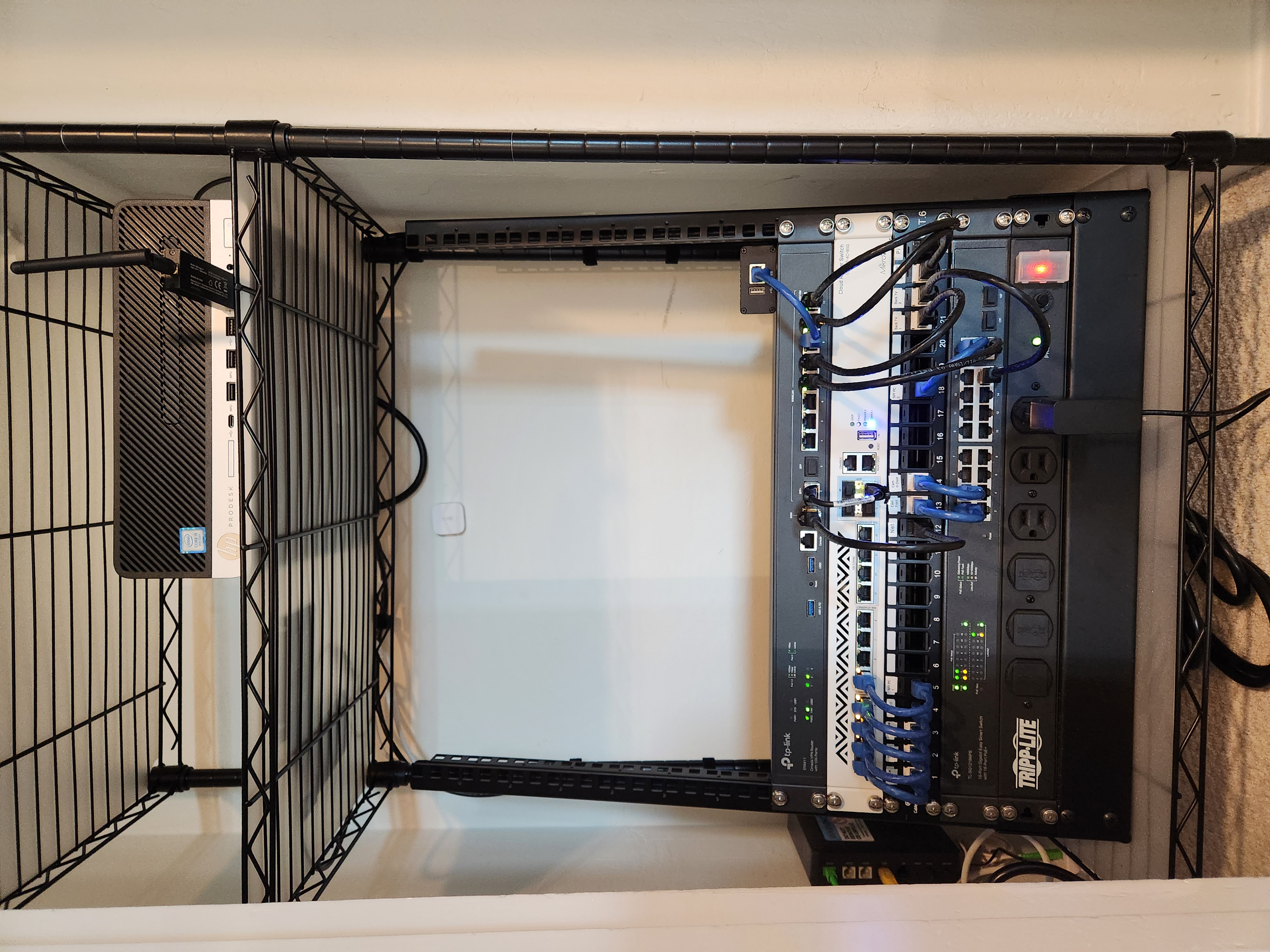I've got a PowerCore 20000k (20Ah). I wonder why the 10Ah version is "fire-prone" but the 20Ah version isn't.
dan
Transfers are usually pretty quick these days. Sometimes I transfer money from Schwab to Fidelity at night, and it's already available the next morning.
In the USA, a lot of the larger banks and brokerages (and maybe credit unions?) internally use systems like FedNow or RTP, which allow for instant transfers to other banks. It can take a little while if they do extra security checks though.
Some people aren't good with money management and may forget to transfer money across, especially for scheduled things (bill payments, rent, etc)
Small banks are good too. I used to use a fantastic local one called First Republic where every customer had a banker they could call or email if needed. First Republic were acquired by Chase, who wanted some huge amount of money in the account (something like $200k) to get a similar level of service through Chase Private Client. I closed the account.
Good catch - I should have said that it's closer to Windows-style ACLs rather than implying that it's actually the same.
And no, it’s not random.
In that case, the data is practically meaningless :D
I don't know how participants in polls are selected, so I'm not really qualified to make assumptions about it.
don't use their DNS
As long as you use encrypted DNS, like DoH (DNS over HTTPS). Regular DNS is unencrypted, so the ISP can trivially collect data even if you use a custom recursive server (either your own or a public one like Cloudflare, Quad9, etc).
Running a recursor on a VPS then querying it using DoH seems like a reasonable approach to me. I've got an AdGuard Home server on my home network that uses DoH for all upstream DNS queries, but I'm currently just using Quad9 rather than my own recursor.
You really don't need to survey many people to get statistically significant results, assuming your sample is truly random. For a population of 340 million, you only need to randomly sample ~2500 people to get a 95% confidence interval with a 2% margin of error.
A sample of 9000 people would get you closer to a 99%+ confidence interval.
Windows perms are pretty locked down though. Sometimes I can't delete my own files because I need permission from "Administrator" :/
You can actually use Windows-style permissions (ACLs) on Linux via setfacl.
How's it compare to Hoarder/Karakeep?



Their products are still solid. Any brand can have issues with their batteries (other companies use the same cells), and I don't see a reason to avoid their non-battery products like cables and chargers.